William Smalley's Quiet Spaces celebrates atmosphere and place in modern architecture
Architect William Smalley’s new monograph 'Quiet Spaces' celebrates the architecture of calm, from Barragán to Bawa, via a selection of his own work

Architect William Smalley is no stranger to the art of creating refined living spaces with just the right dose of decadence. Over the years, we’ve charted his projects from the Disco House in London, to a lavish Alpine attic and a meticulously restored and extended Mid-Century Modern courtyard house.

Master bedroom, Surrey house, from Quiet Spaces by William Smalley
Quiet Spaces: a book by William Smalley
Now Smalley has parlayed his approach into a monograph, choosing not just to focus on his own projects but consider a wide range of architect-designed spaces that align with his own values of simplicity and calm. Featuring photographs throughout by Harry Crowder and Hélène Binet, the book comes with an introduction by potter/philosopher Edmund de Waal, a master at focusing the mind of the delights to be found in details and craft.
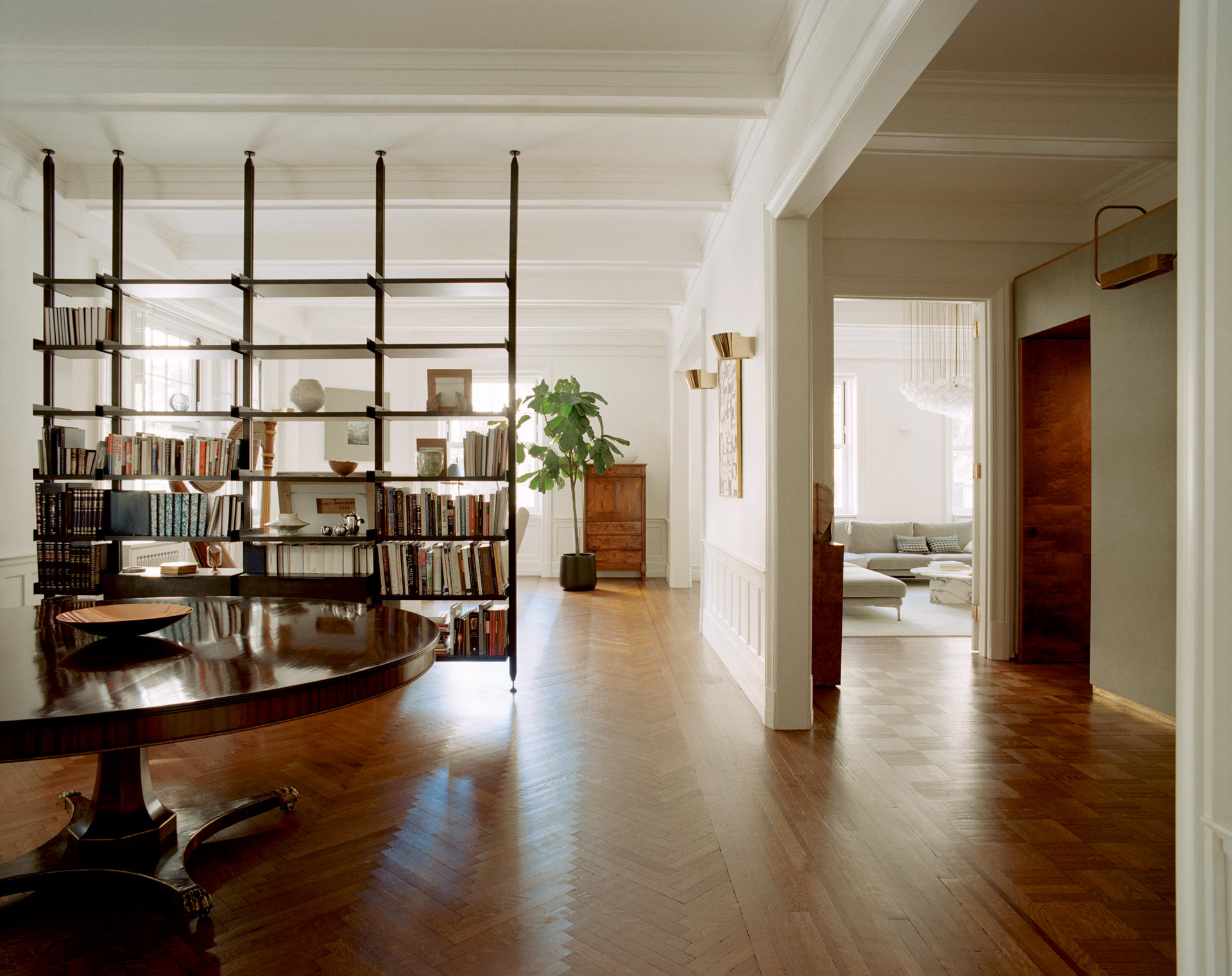
New York Apartment, from Quiet Spaces by William Smalley
Smalley’s own house is one of the projects, as are recent works in London, New York, Oxfordshire and France. Amongst the projects he cites as inspiration for such ‘interiors for introverts’ are Jim Ede’s Kettle’s Yard in Cambridge, the Barbara Hepworth garden and studio in St Ives, and Peter Zumthor’s Secular Retreat, as well as the work of one of its inspirations, a 16th century villa by Andrea Palladio.
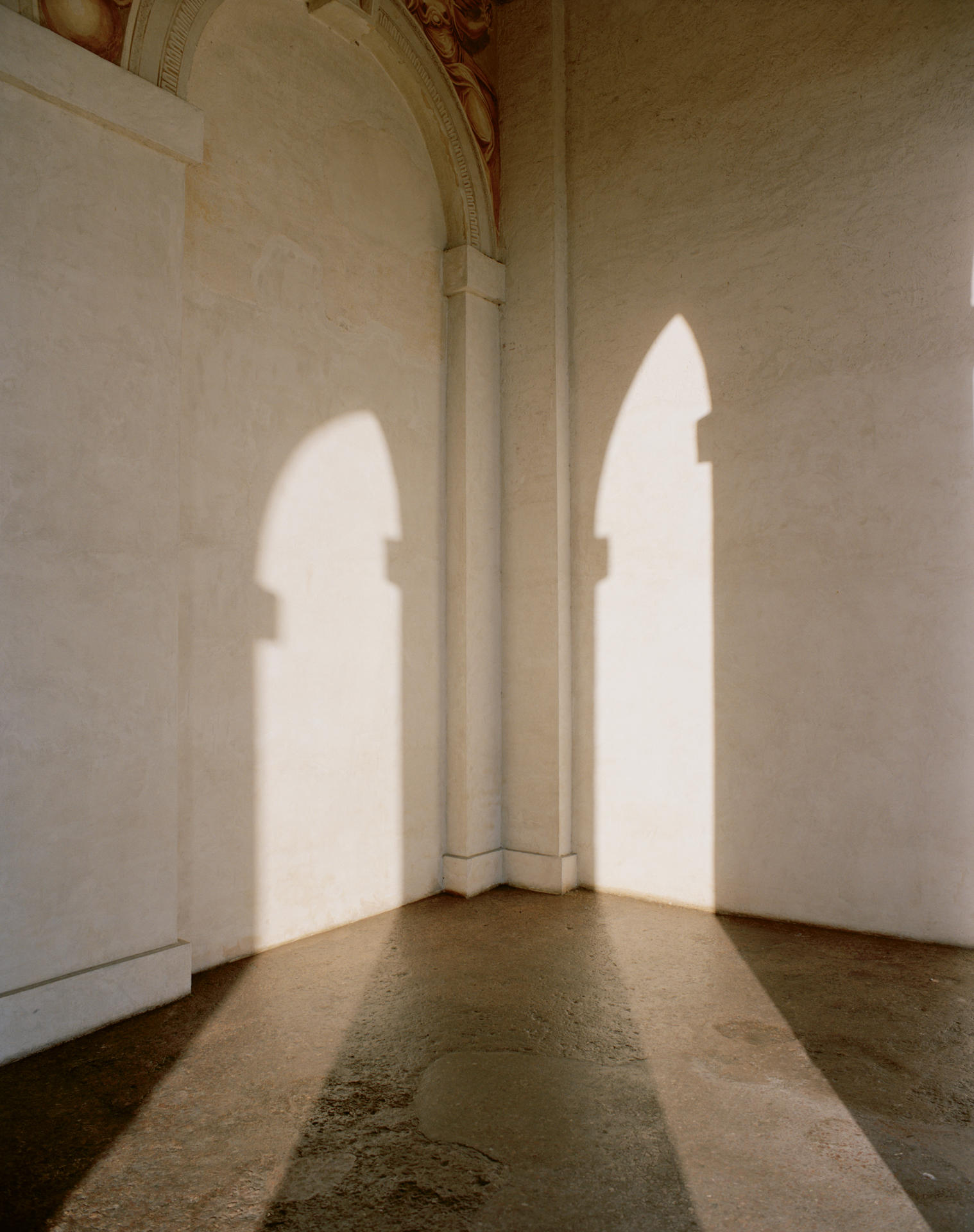
Villa Saraceno by Andrea Palladio, Vicenza, Italy, from Quiet Spaces by William Smalley
At the heart of the book is an emphasis on peace and sanctuary, rather than precision, perfection or clinical minimalism. Smalley recalls rebelling against his generation’s disdain for domesticity – ‘as architecture students, we weren’t supposed to like old limewashed rooms, or read World of Interiors, or, I think, be interested in comfort, in what it feels like to be in a space, to feel its pressures and presence,’ he writes.
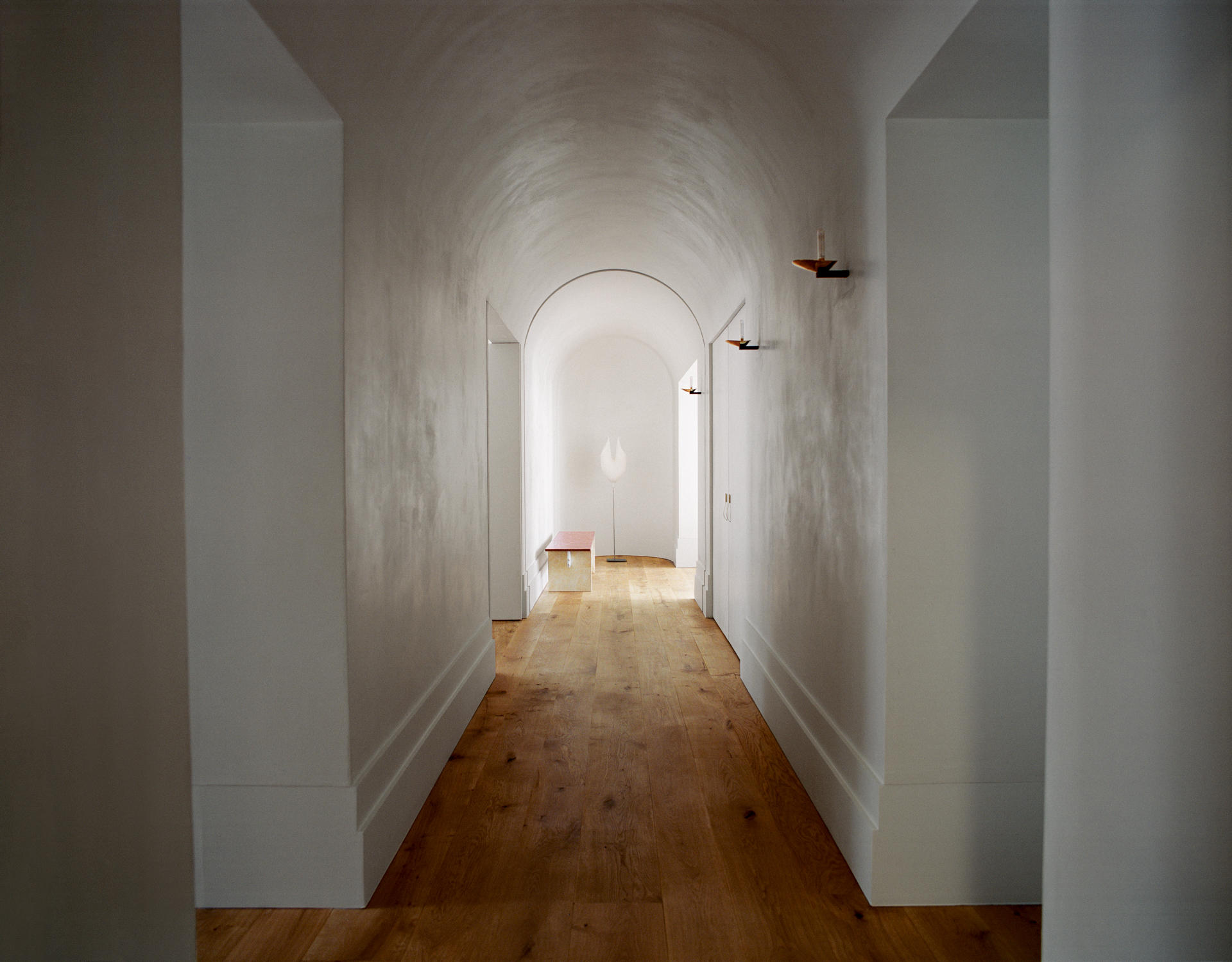
St James's Apartment, from Quiet Spaces by William Smalley
Crowder’s photography mirrors this focus on feeling over form, eschewing the conventions of architectural photography in favour of atmospheric imagery that is both seductive and serene.
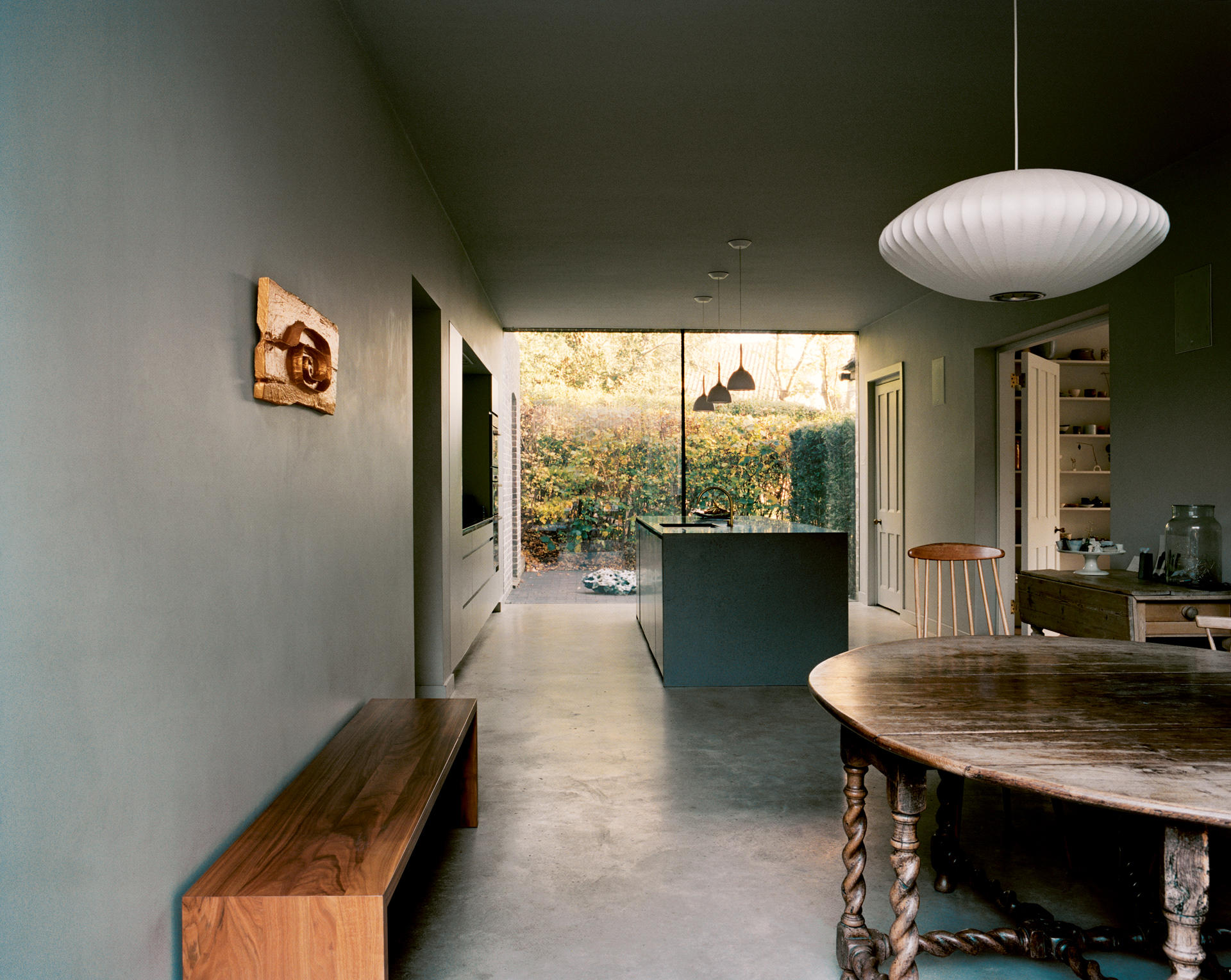
Lewes Rectory, from Quiet Spaces by William Smalley
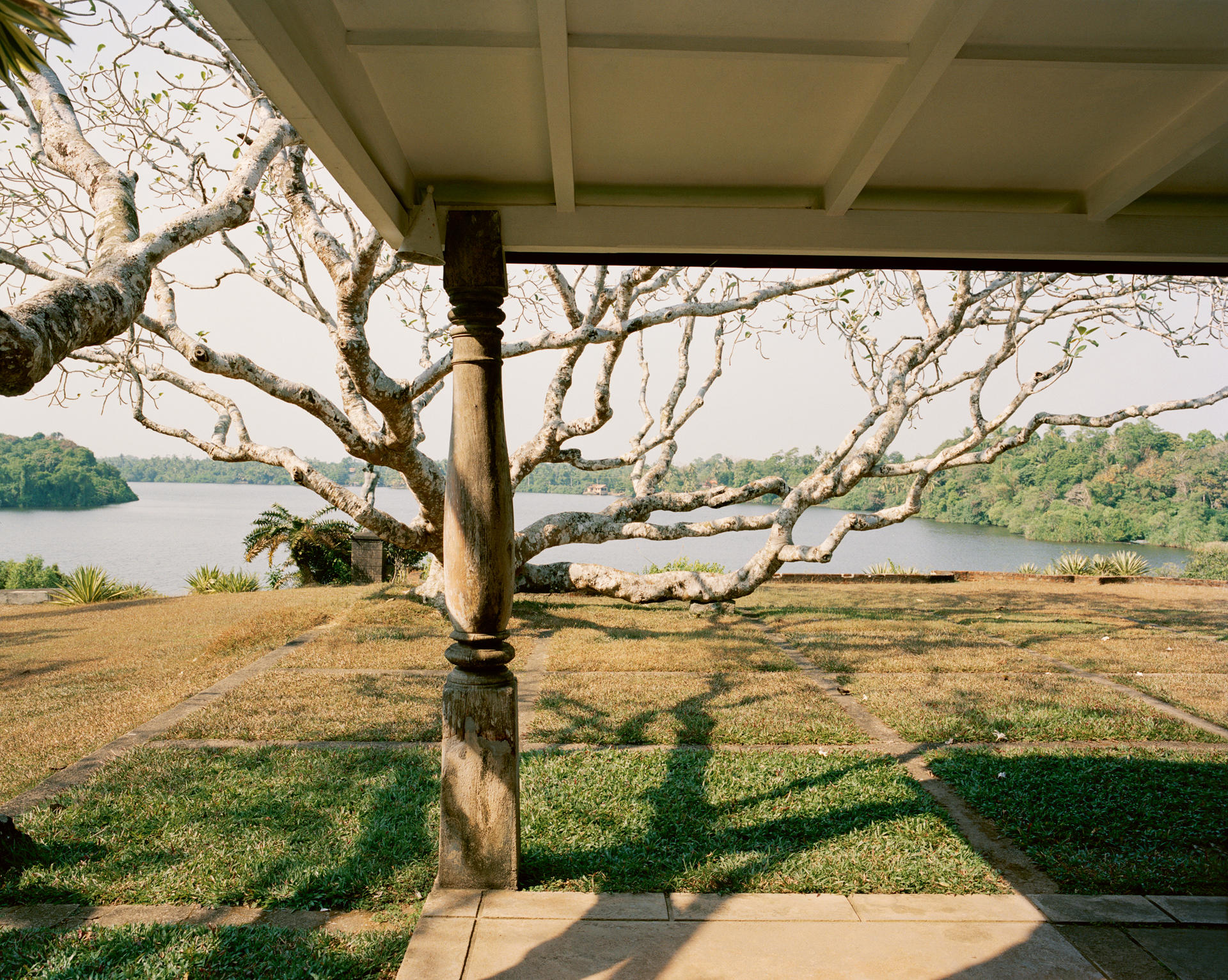
Lunuganga by Geoffrey Bawa, Bentota, Sri Lanka, from Quiet Spaces by William Smalley
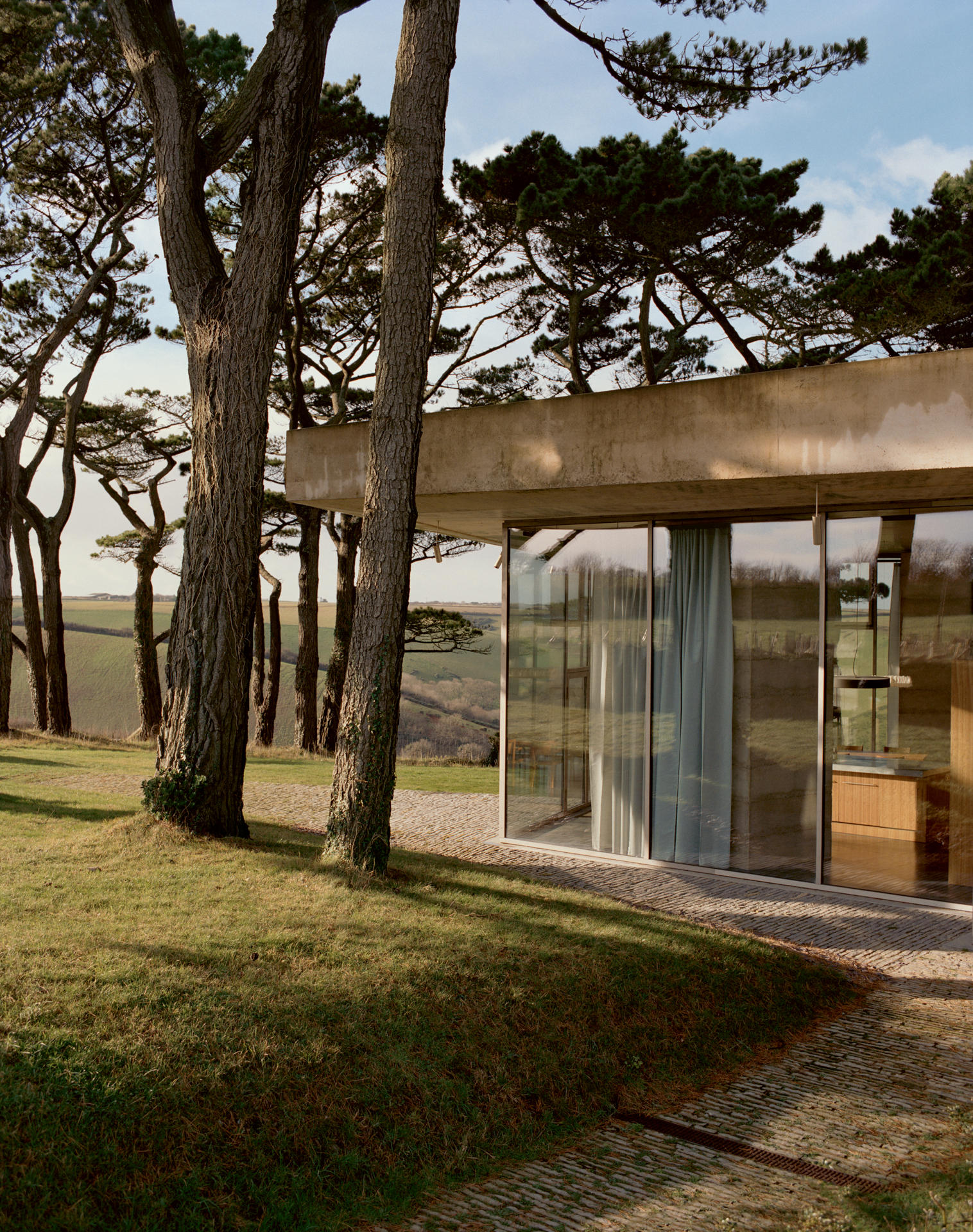
Secular Retreat by Peter Zumthor, Devon, UK, from Quiet Spaces by William Smalley
Quiet Spaces, William Smalley, Thames & Hudson, £50
Receive our daily digest of inspiration, escapism and design stories from around the world direct to your inbox.
Jonathan Bell has written for Wallpaper* magazine since 1999, covering everything from architecture and transport design to books, tech and graphic design. He is now the magazine’s Transport and Technology Editor. Jonathan has written and edited 15 books, including Concept Car Design, 21st Century House, and The New Modern House. He is also the host of Wallpaper’s first podcast.
-
 The White House faced the wrecking ball. Are these federal buildings next?
The White House faced the wrecking ball. Are these federal buildings next?Architects and preservationists weigh in on five buildings to watch in 2026, from brutalist icons to the 'Sistine Chapel' of New Deal art
-
 Georgia Kemball's jewellery has Dover Street Market's stamp of approval: discover it here
Georgia Kemball's jewellery has Dover Street Market's stamp of approval: discover it hereSelf-taught jeweller Georgia Kemball is inspired by fairytales for her whimsical jewellery
-
 The best way to see Mount Fuji? Book a stay here
The best way to see Mount Fuji? Book a stay hereAt the western foothills of Mount Fuji, Gora Kadan’s second property translates imperial heritage into a deeply immersive, design-led retreat
-
 David Kohn’s first book, ‘Stages’, is unpredictable, experimental and informative
David Kohn’s first book, ‘Stages’, is unpredictable, experimental and informativeThe first book on David Kohn Architects focuses on the work of the award-winning London-based practice; ‘Stages’ is an innovative monograph in 12 parts
-
 Modernist Scotland explores the country’s impressive legacy of contemporary architecture
Modernist Scotland explores the country’s impressive legacy of contemporary architectureA new book, Modernist Scotland, delves into the art and ambitions of the International Style in post-war Scotland, presenting 150 projects that typify an age of optimism and innovation.
-
 Explore Tom Kundig’s unusual houses, from studios on wheels to cabins slotted into boulders
Explore Tom Kundig’s unusual houses, from studios on wheels to cabins slotted into bouldersThe American architect’s entire residential portfolio is the subject of a comprehensive new book, ‘Tom Kundig: Complete Houses’
-
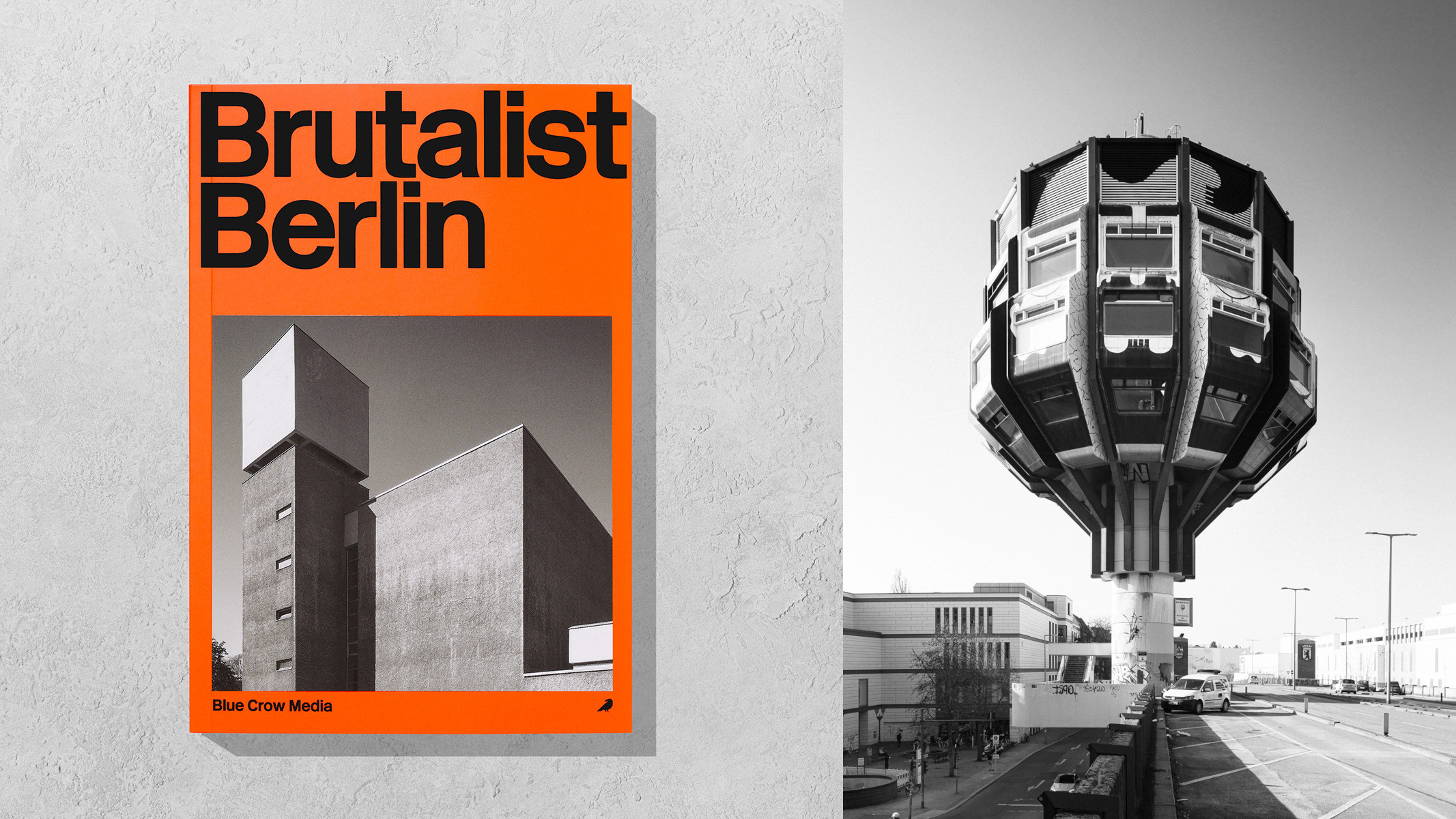 ‘Brutalist Berlin’ is an essential new guide for architectural tourists heading to the city
‘Brutalist Berlin’ is an essential new guide for architectural tourists heading to the cityBlue Crow Media’s ‘Brutalist Berlin’ unveils fifty of the German capital’s most significant concrete structures and places them in their historical context
-
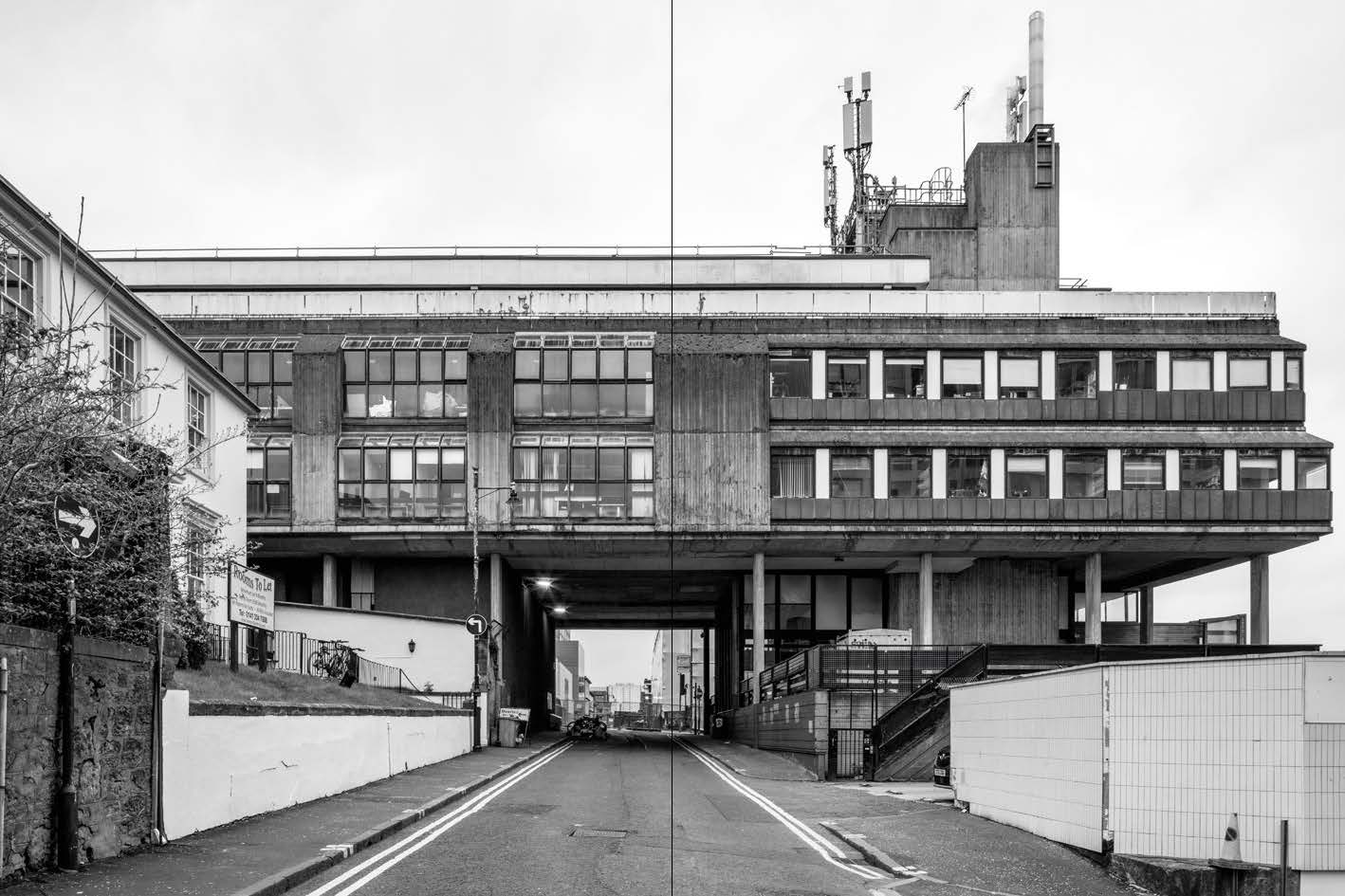 Celebrate the angular joys of 'Brutal Scotland', a new book from Simon Phipps
Celebrate the angular joys of 'Brutal Scotland', a new book from Simon Phipps'Brutal Scotland' chronicles one country’s relationship with concrete; is brutalism an architectural bogeyman or a monument to a lost era of aspirational community design?
-
 A new Tadao Ando monograph unveils the creative process guiding the architect's practice
A new Tadao Ando monograph unveils the creative process guiding the architect's practiceNew monograph ‘Tadao Ando. Sketches, Drawings, and Architecture’ by Taschen charts decades of creative work by the Japanese modernist master
-
 Around the world in brutalist interiors – take a tour with this new book
Around the world in brutalist interiors – take a tour with this new book'Brutalist Interiors' is a new book exploring the genre's most spectacular spaces; we speak to its editor Derek Lamberton, and ask for his top-three must-sees
-
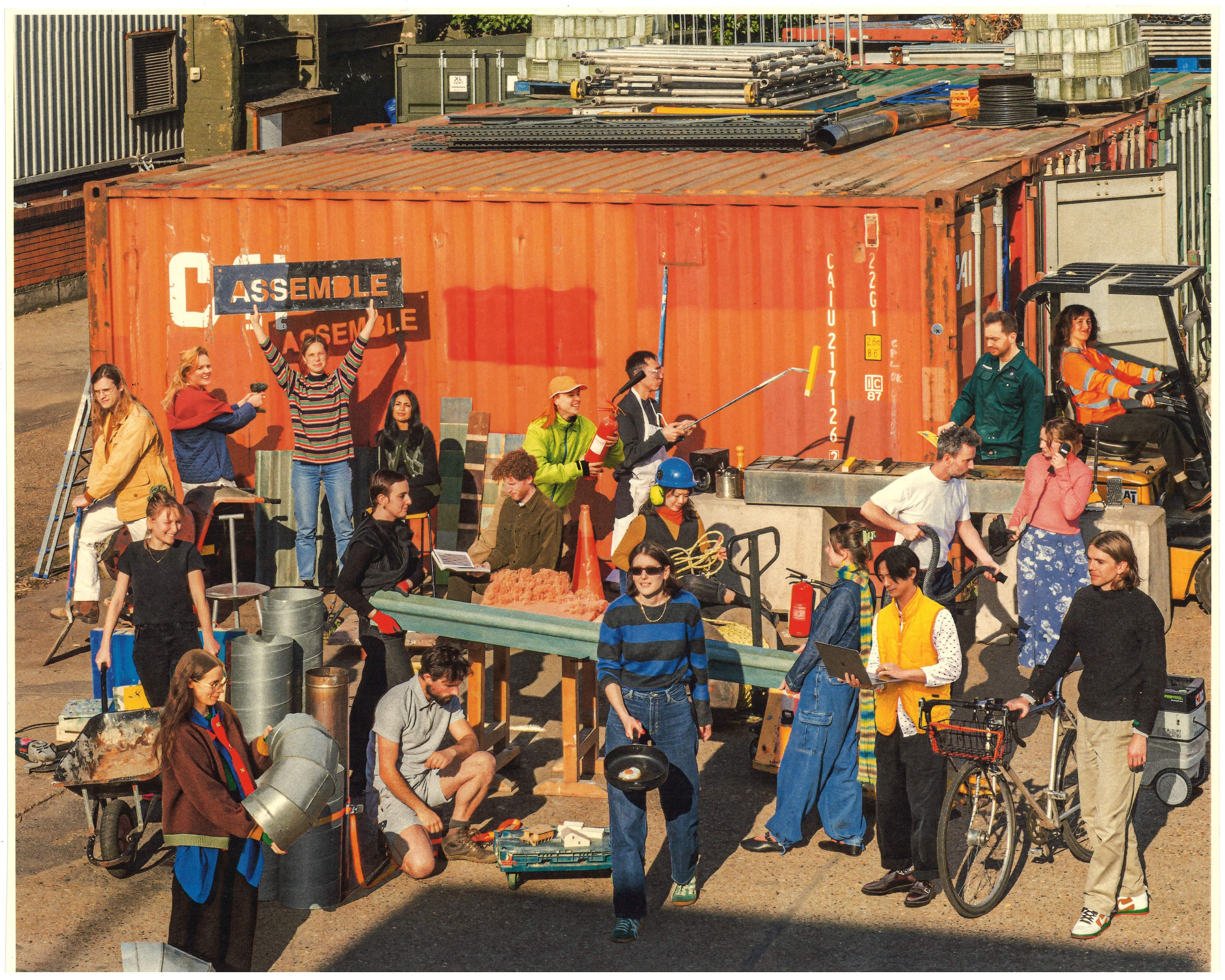 15 years of Assemble, the community-driven British architecture collective
15 years of Assemble, the community-driven British architecture collectiveRich in information and visuals, 'Assemble: Building Collective' is a new book celebrating the Turner Prize-winning architecture collective, its community-driven hits and its challenges